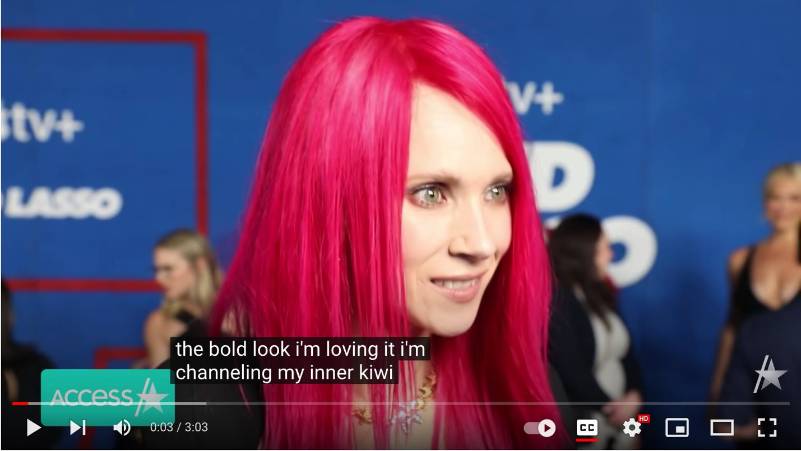Video Captions
What are Video Captions?
Often called subtitles, video captions provide visual alternatives to audio information. The caption text is typically displayed below the video so you can see the video synchronized with the text.
Video Caption Example
 Watch MojoUK. Top Ten Iconic Great British Bake Off Moments. YouTube. November 18, 2021
Watch MojoUK. Top Ten Iconic Great British Bake Off Moments. YouTube. November 18, 2021
Benefits of Video Captions
Captions provide an alternative to audio that helps all types of users, including:
- Deaf or hard of hearing
- English language learners
- Learning disabilities
- Visual or multi-modal learners
Additionally, captions or subtitles also help users who are:
- Watching videos in noisy environment
- Watching videos in quiet environment
- Scrolling on social media
- Deciphering unfamiliar accents
A note on caption accuracy
Captions benefit a wide variety of users, but they can only do so if they are accurate. Many video platforms, including YuJa, provide automated captioning. While automatic captions can help cut down the time needed to provide accurate captioning, be aware that auto-captioning relies on machine-generated algorithms that are never 100% accurate. For example, videos captioned in YuJa are supposed to be 90% accurate, but they often fall considerably short of this because of variances in recording environment, accents, and other complicating factors.
Auto-captions must be accurate to be usable. Oftentimes, that requires manual editing.
In many cases, inaccurate captions may be worse than no captions. For example, the captions for this interview make no sense. In this interview, actress Juno Temple speaks about her role as Keeley in Ted Lasso: “the bold look i’m loving it i’m channeling my inner kiwi.” What she is actually saying is: “The bold look – I’m loving it! I’m channeling my inner Keeley.”
 Access Hollwood. Juno Temple Says "Ted Lasso" "Saved My Life". YouTube. July 16, 2021.
Access Hollwood. Juno Temple Says "Ted Lasso" "Saved My Life". YouTube. July 16, 2021.
Caption Guidelines
- Imagine that you can’t hear and include whatever sounds you need to understand the meaning of the video.
- Include all sounds, including stutters, pauses, etc. So, if a speaker pauses and makes a sound, you can use an “erm,” or a “hmmm” in the caption text.
- Include background sounds whenever necessary to understand the meaning of the video.
- Punctuation matters. For example, the following two sentences have the same words
but wildly different meanings.\
- “let’s eat grandma!”
- “Let’s eat, Grandma!”
- Whenever possible, synchronize the caption with the action on the screen.
- Watch your color contrast. If a white caption appears on a white or light-colored section of the video background, it will be difficult, if not impossible, to read.
For help with specific products, please see the links below: